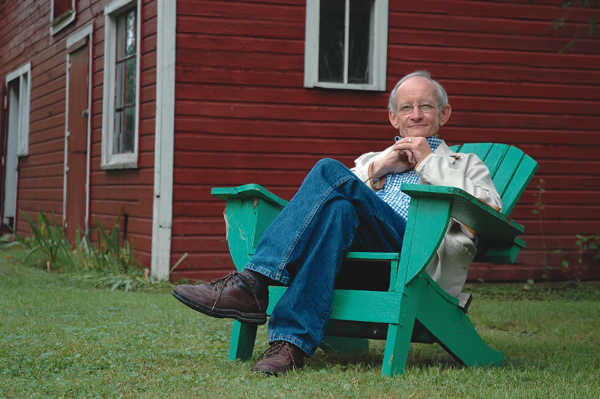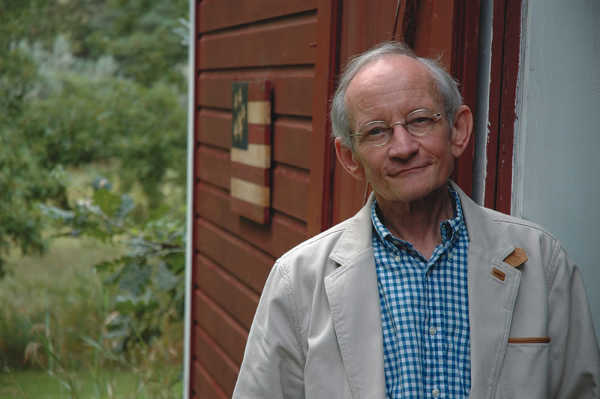- Ted Kooser
- Posted On
American Life in Poetry: Game Prayer

Most of the school-age athletes I know or have known would have been embarrassed to show any vulnerability, and this fine poem by Al Ortolani, from his chapbook Hansel and Gretel Get the Word on the Street, published by Rattle, really catches what I felt like, trying to do my best at what I was never any good at, even on my best day.
Game Prayer
Maybe it’s the way boys
look at each other before the last game,
their eyes wet and glimmering with rain.
Maybe it’s that I catch them
in these shy moments of waiting,
turning the world like a pigskin,
flipping it nonchalantly, low spiral
drilling the air. Maybe it’s this
moment before the splash of lights
before the game prayer
before you run from the door.
If so, forgive me
for seeing you so vulnerable,
in that quiet moment
before the helmets.
American Life in Poetry does not accept unsolicited manuscripts. It is made possible by The Poetry Foundation, publisher of Poetry magazine. It is also supported by the Department of English at the University of Nebraska, Lincoln. Poem copyright ©2019 by Al Ortolani, "Game Prayer," from Hansel and Gretel Get the Word on the Street, (Rattle, 2019). Poem reprinted by permission of Al Ortolani and the publisher. Introduction copyright @2020 by The Poetry Foundation. The introduction’s author, Ted Kooser, served as United States Poet Laureate Consultant in Poetry to the Library of Congress from 2004-2006.









